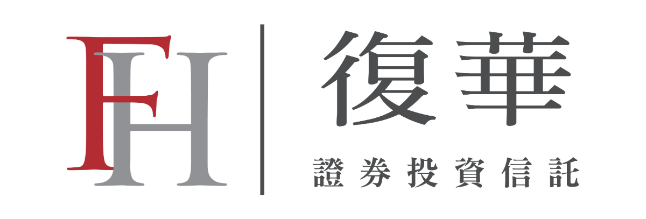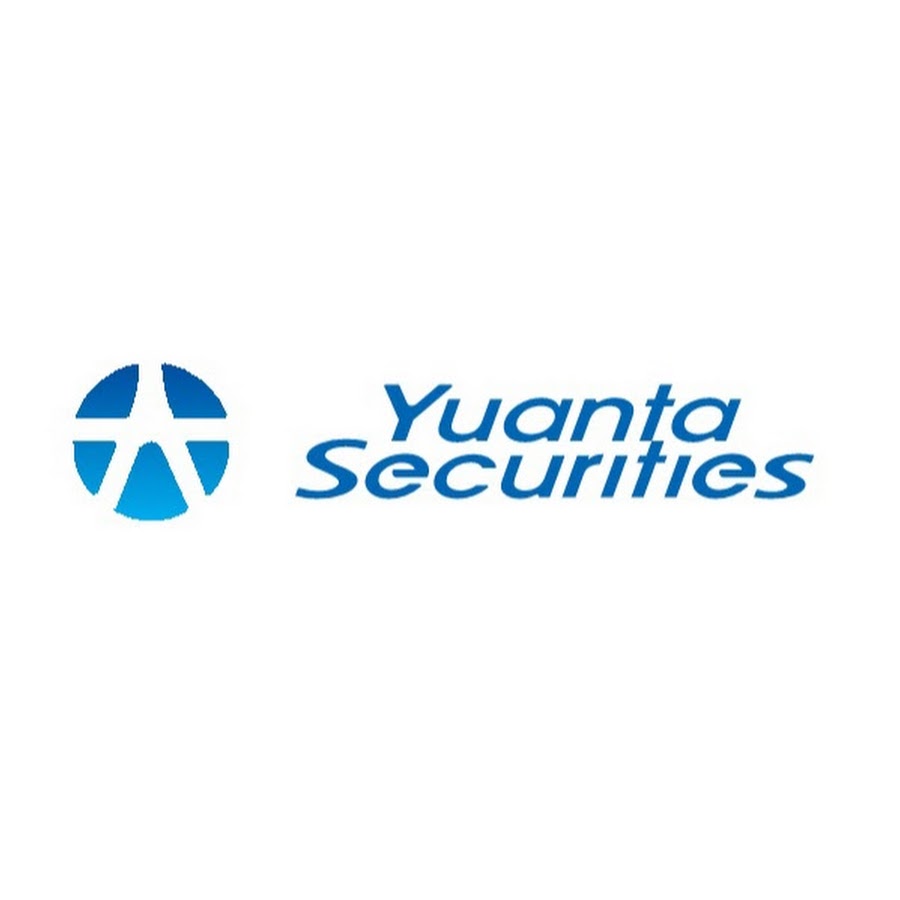Taiwan's ETF market hits $16bn thanks to demand from insurance companies, which use ETFs to get around restrictions on offshore investment.
Taiwan's ETF managers are repositioning their business strategies to put more emphasis on institutional clients with the growing asset allocation demand from local insurance companies.
The island state's retail ETF market has been increasingly diverse since Yuanta, the largest Taiwanese ETF provider, rolled out the first leveraged and inverse ETFs in Taiwan in 2014.
Over the past few years, there have been various alternative products such as futures ETFs and commodities ETFs coming to the market. The product diversification boosted local ETF market's total AUM from approximately US$5.3 billion in September 2015 to about US$16.14 billion at the end of June.
However, the retail ETF market has little room for further differentiation, and local ETF providers are become more institutional focused to provide asset owners customised ETFs for their asset allocation, says Donna Chen, founder and president of Taipei-based fund advisor Keystone Intelligence Inc.
"Local insurance companies will certainly be one of their key focuses," Ms Chen points out, noting that Taiwanese insurers have growing appetites for passive strategies as ETF enables them to structure their portfolios in a more flexible way.
Under current regulations, local insurers are only allowed to allocate up to 45% of their total investment capital to overseas,
But the restriction can be circumvented with the use of ETFs, where the insurers can use international ETFs to raise their overseas holdings beyond the regulatory limit, she points out.
Local insurers can also use ETF to get around the regulatory constraint that an insurer is only allowed to invest up to 10% net asset value of an individual onshore fund.
"The 10% investment limit is not applied to ETFs", Ms Chen says.
Citing latest figures from the Financial Supervisory Commission, Ms Chen notes that about 9% of Taiwanese ETFs were owned by institutional investors in 2015, but she believes the shares have grown steadily over the past three years.
On the supply side, international ETFs have been the prevailing theme in the primary market over the past two years, and the trend is likely to persist over the longer term with the growing institutional demand.
According to data from Keystone Intelligence, 15 of the 21 new ETFs launched in the first half of 2018 were international ETFs, similar as the figures in the same period last year that 15 of the 20 new ETF listings were such products.
Ms Chen expects the trend to persist over the coming months as the products in the pipeline are all international ETFs.
Five Taiwanese ETF managers, including Cathay, Fubon, KGI and Fuh Hwa filed applications to the Financial Supervisory Commission from May 29 to July 6 to launch of nine ETFs.
All these products are international ETFs tracking various offshore assets such as China treasuries and US corporate debts, Ms Chen notes.
Individually, despite the growing inflow into international ETFs, domestic equity benchmark products remain popular in the market. For example, Yuanta/P-shares Taiwan Top 50 ETF is still the largest ETF with US$2.6 billion in AUM as of June 2018.
As for market landscape, Taiwan's ETF market used to be dominated by Yuanta, but the market is now more open to newcomers that the number of ETF managers has more than doubled from four in 2015 to 10 currently.
That said, the majority stakes are still controlled by the big players at which the top three ETF managers - Yuanta, Fubon, and Cathay - have combined ETF AUM of US$14 billion, representing about 87% total market shares, according to data from Keystone Intelligence.
Ms Chen points out that small-sized players still find it difficult to compete with the market leaders because of insufficient resources.
"We've seen that the ETFs launched by small players struggled to gather critical mass for their ETFs because their underlying indexes are little-known," Ms. Chen says, adding that these lesser-known benchmarks undermined the funds' market liquidity and pushed market-making costs.







